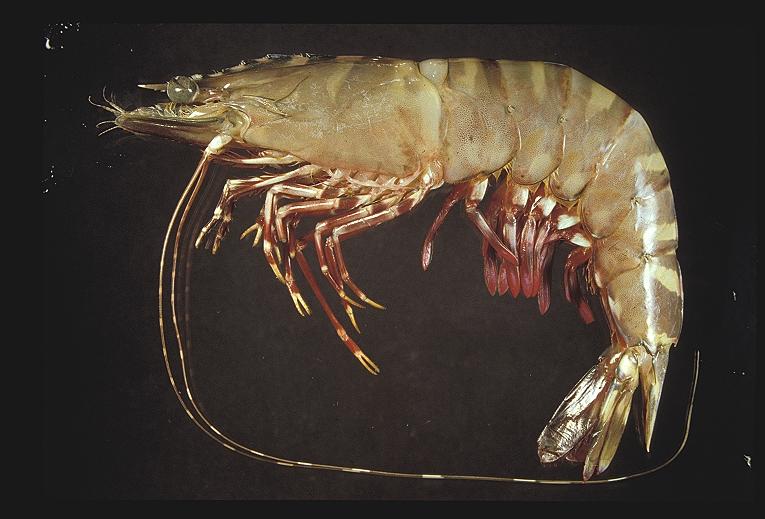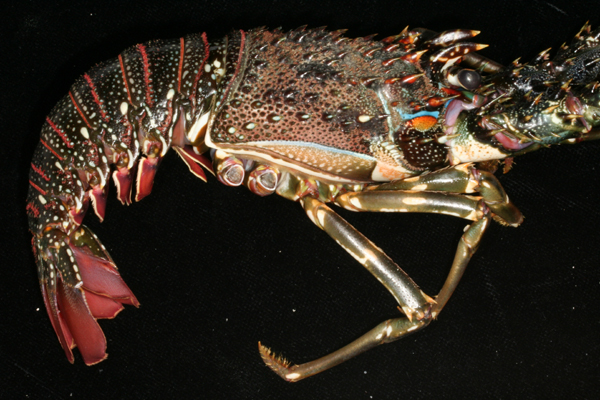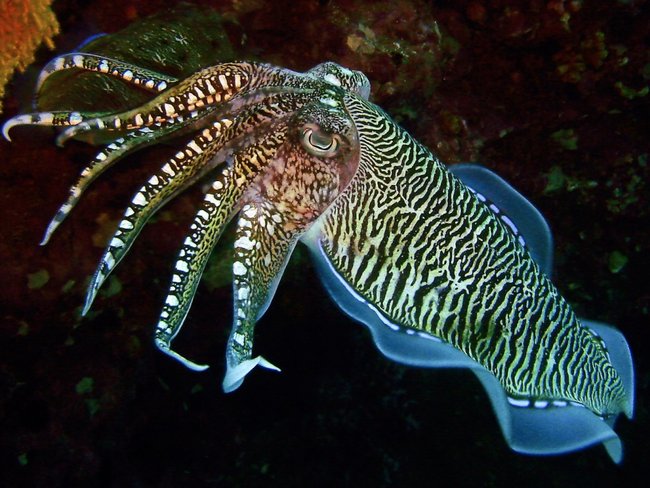Commercial Fishes
Commercial fisheries of the Region are supported by over 1000 fin and shellfish species. Of the Member States, highest landings were reported by I.R. Iran followed by Oman and UAE. Fisheries of the Region is affected due to degradation of marine environment by human activities. Over exploitation of stocks has been found in many biotic population which led to the implementation of the restrictions in Member States on fishing activities, such as, limiting fishing licences to reduce fishing efforts, regulating fishing gear (Mesh size) and capture size, closing fishing areas, restricting fishing season, and banning certain fisheries.

The inner RSA has more than 500 species of fish which live in pelagic, demersal and coral reef habitats. Of these species, about 130 species occur in Kuwait, 71 species in Bahrain and 106 species in Saudi Arabia. In the middle and outer RSA off Oman, about 1,138 species of fish are known to occur. Environmental extremes in the inner RSA have restricted the distribution of many species of fish. On the other hand, the high species diversity of Oman’s fish fauna is a result of the diversity of coastal habitats, a wide climatic spectrum and the geographic location in the north-western upwelling region of the Indian Ocean.
Milestones
- ROPME in collaboration with FAO conducted a Workshop on Fisheries Statistics in December 1999
- ROPME co-sponsored a Workshop on Sound Aquaculture and Fisheries Practices with FAO-RNE, in cooperation with PERSGA, ICLARM and US-RDI in Egypt in September 2002
- Experts from all ROPME Member States participated in both the workshops and were acquainted with fisheries statistics and knowledge on Sound Aquaculture and Fisheries Practices
- Future Outlook – A continued cooperation with FAO-RNE on sustainable management of fishery resources of the Region

Shrimp is one of the most important seafood commodities in the RSA. The richest shrimp resources are found in I.R. Iran and Kuwaiti waters, with smaller catches in Bahrain, Oman, Qatar and Saudi Arabia waters. The main species used for commercial exploitation in Kuwait are Penaeus semisulcatus and Metapenaeus affinis. In Omani waters, although 12 known species occur, four species are used in commercial fisheries, namely Penaeus indicus, P. semisulcatus, Metapenaeus monoceros and M. stebbingi. In Bahraini waters, of the seven penaeid species that exist, commercial landings are from a single species, P. semisulcatus.
(Image: Penaeus semisulcatus)

Among lobsters, two species of spiny lobster, Panulirus homarus and P. versicolor are commercially exploited in the middle and outer RSA. The shovel nose lobster, Thenus orientalis is exploited as shrimp by-catch in Bahrain, whereas Scyllarides squammasus is commonly caught in traps in Oman. Crabs are found in different habitats in RSA. The families Grapsidae and Ocypodidae are the dominant faunal species of the intertidal flats and mangroves of the Region, where six species of grapsid and 21 taxa of ocypodid crabs are known to occur. The crabs, Portunus pelagicus and Scylla serrata are commercially important species in the RSA.
(Image: Panulirus homarus)

Among molluscs, the abalone, Haliotis mariae is found only in outer RSA, restricted to the Dhofar coast of Oman. It is commercially exploited. Pearl oysters belonging to the Pinctada species are found in the RSA. The species, Pinctada radiata is abundant in Bahraini waters, and also common in Kuwaiti and Saudi Arabian waters. However, P. margaritifera is abundant along the Iranian coast. Interestingly, both of these species are found along the Oman coast in the Gulf of Oman. Among cephalopod molluscs, squids, cuttlefish and octopus are the commercially important groups occurring in the RSA. The Pharaoh cuttlefish, Sepia pharaonis is also an important commercial species in the RSA.
(Image: Sepia pharaonis)